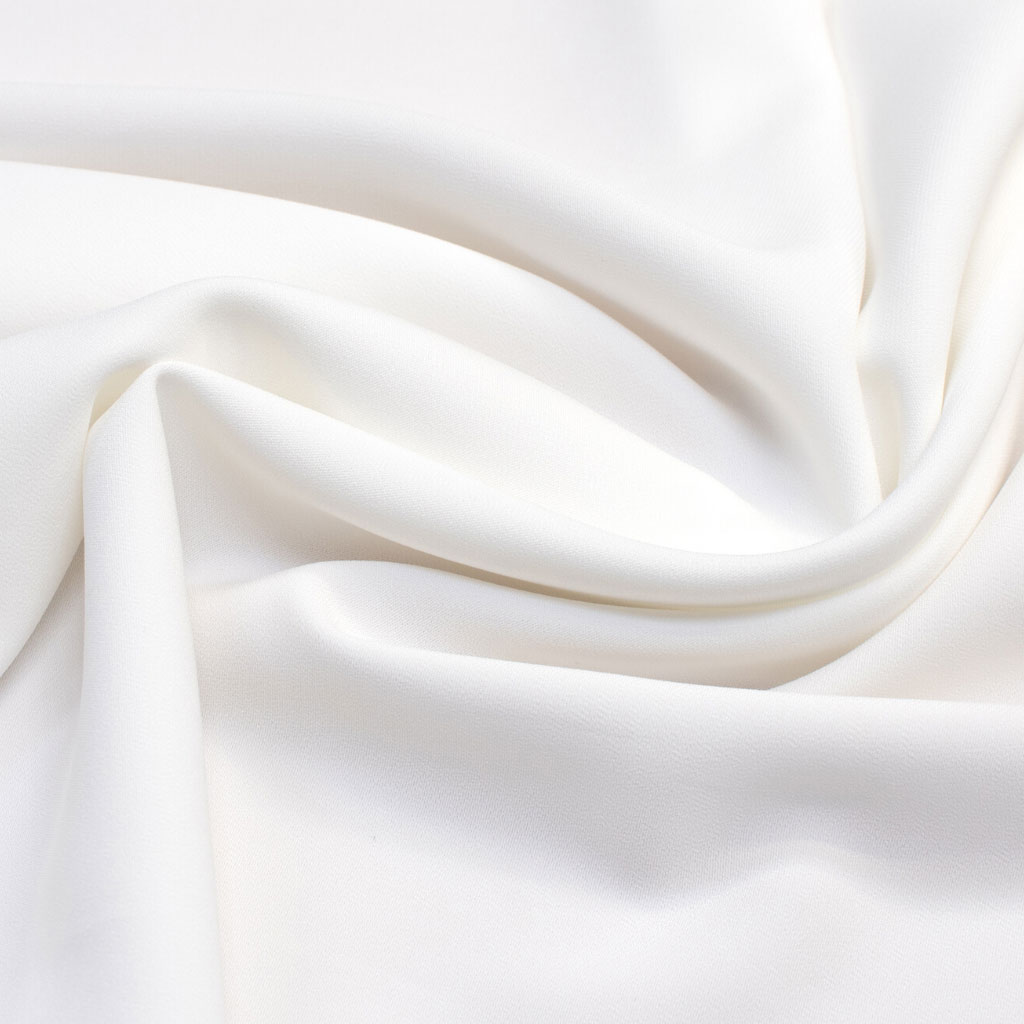Introduction to Modal and Cotton Fabrics
When it comes to choosing the right fabric for clothing and textiles, consumers are often torn between traditional cotton and the increasingly popular modal fabric. Both have distinct characteristics that make them appealing in different ways, but understanding their specific properties, benefits, and drawbacks is essential for making an informed decision. Cotton, a natural fiber derived from the cotton plant, has been used for centuries and is known for its breathability, comfort, and versatility. On the other hand, modal, a type of rayon made from beech tree pulp, offers a contemporary alternative with its own set of advantages, including softness, durability, and sustainability.
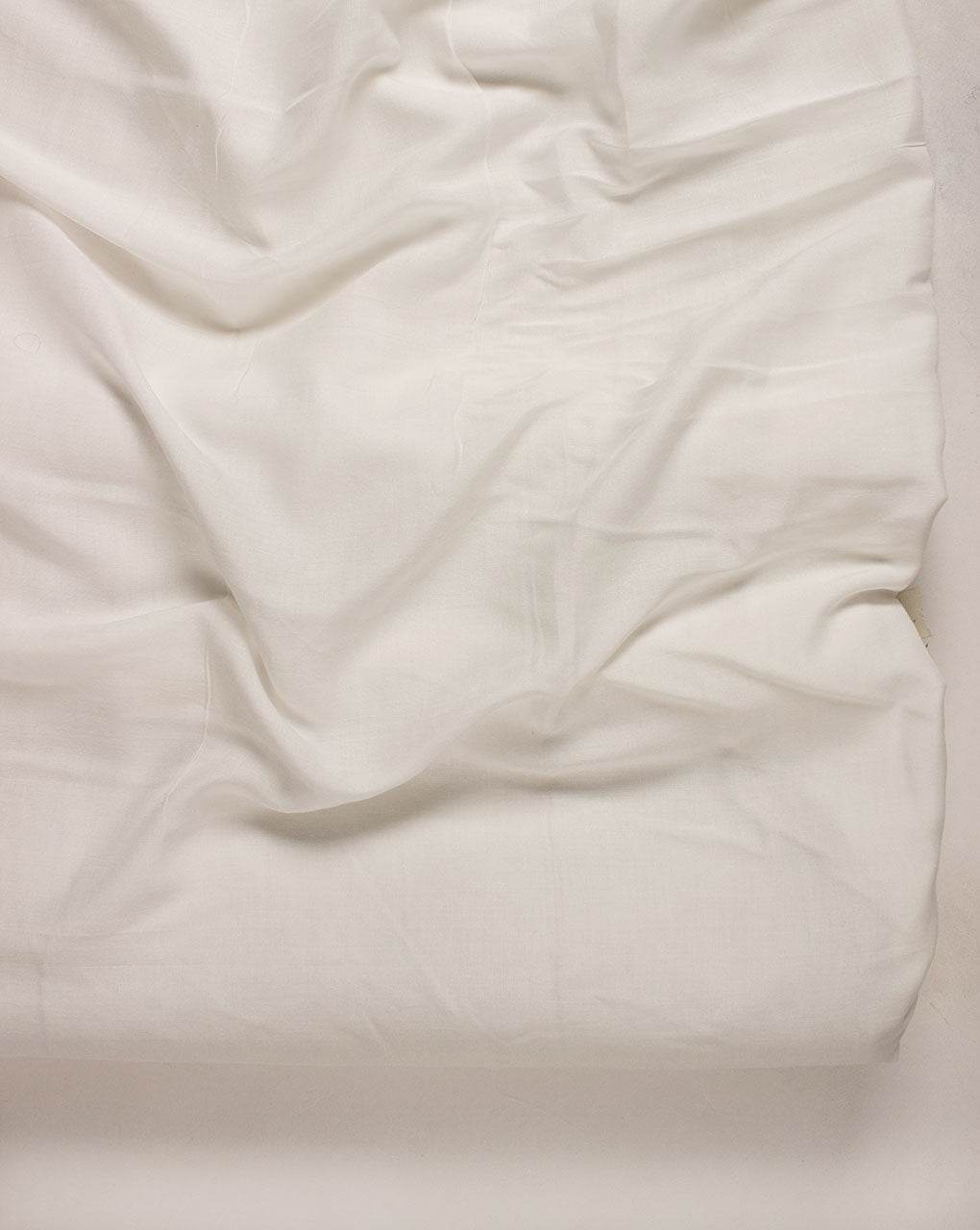
Comfort and Feel
Comfort is a primary consideration when selecting fabric for clothing, and both modal and cotton excel in this area, albeit in slightly different ways. Cotton is renowned for its soft and breathable nature, making it ideal for everyday wear, especially in warmer climates. Its ability to wick moisture away from the skin helps keep the wearer cool and dry. The familiar feel of cotton against the skin is often associated with comfort and coziness, contributing to its popularity for items like t-shirts, underwear, and bed linens. Modal, however, takes comfort to another level with its exceptional softness and smooth texture. Often described as feeling more luxurious than cotton, modal drapes elegantly over the body, providing a silky touch that is gentle on the skin.
Durability and Longevity
In terms of durability, modal fabric typically outperforms cotton. While cotton is relatively strong and can withstand regular wear and washing, it is prone to shrinking and losing its shape over time. High-quality cotton garments may retain their integrity longer, but cheaper versions can quickly deteriorate, developing holes and becoming threadbare. Modal, conversely, is known for its resilience. The fibers are more robust and less likely to shrink or fade, maintaining their shape and color even after repeated washes. This longevity makes modal an excellent investment for everyday essentials and high-use items like sheets and towels. Additionally, modal’s resistance to pilling—a common issue with cotton—ensures that garments stay looking new for longer periods.
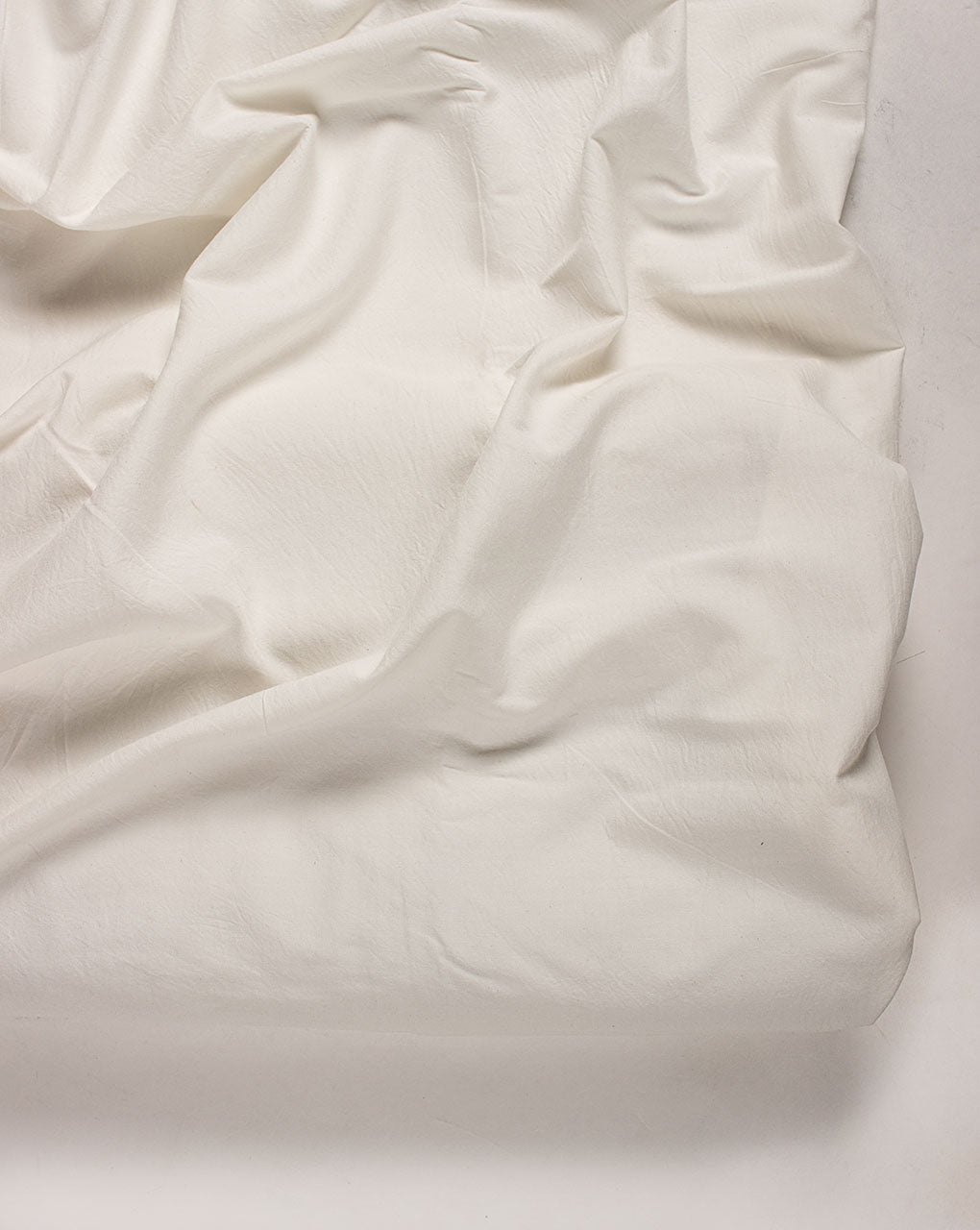
Environmental Impact
The environmental impact of fabric production is an increasingly important consideration for eco-conscious consumers. Cotton, despite being a natural fiber, has a significant environmental footprint. Conventional cotton farming requires substantial amounts of water, pesticides, and fertilizers, which can lead to soil degradation, water contamination, and loss of biodiversity. Organic cotton offers a more sustainable alternative, but it still demands considerable water resources. Modal fabric, while a man-made fiber, is often touted as an environmentally friendly option. It is produced from sustainably harvested beech trees, which require less water and fewer pesticides than cotton plants. The production process itself is also designed to be more eco-friendly, with closed-loop systems that recycle water and chemicals used during manufacturing.
Cost Considerations
Cost is another critical factor when comparing modal and cotton fabrics. Generally, cotton is more affordable than modal, with a wide range of price points depending on the quality and brand. Basic cotton garments are accessible to most consumers, which contributes to their prevalence in the market. High-end cotton products, such as those made from Egyptian or Pima cotton, can be expensive but offer superior quality and comfort. Modal, being a relatively newer and more specialized fabric, tends to be pricier. The higher cost reflects the advanced manufacturing techniques and sustainability practices involved in its production. However, given modal’s durability and longevity, the initial investment can be justified by the extended lifespan of the garments.
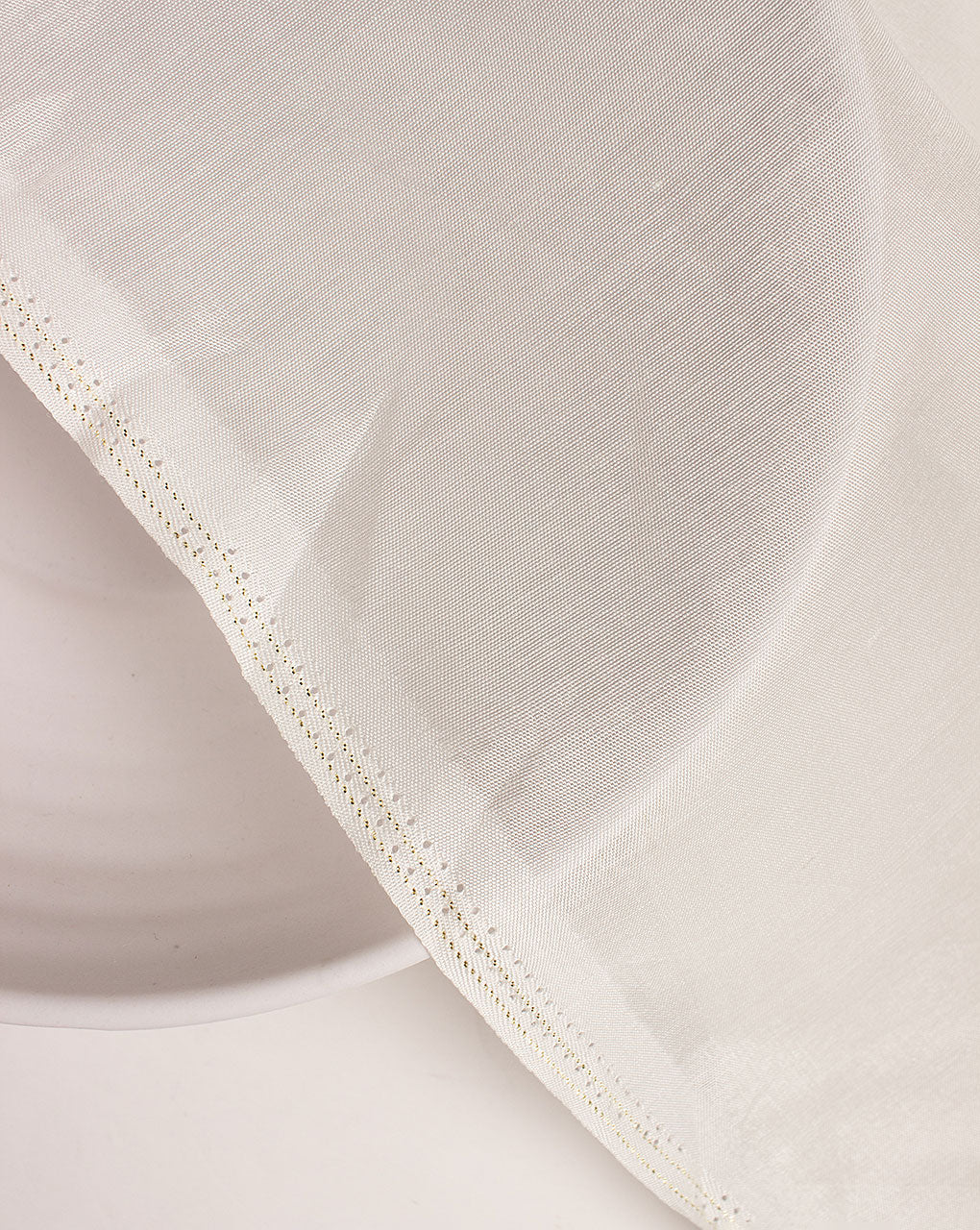
Versatility and Applications
Both modal and cotton fabrics are incredibly versatile, making them suitable for a broad range of applications. Cotton’s versatility stems from its adaptability in different weaves and weights, allowing it to be used in everything from lightweight summer dresses to heavy-duty denim jeans. Its hypoallergenic properties make it a favored choice for baby clothes and bedding. Cotton’s ability to be easily dyed and printed also enhances its appeal for fashion designers and home decorators alike. Modal, with its luxurious feel and high performance, is widely used in activewear, loungewear, and underwear. Its excellent draping quality and resistance to shrinkage and fading make it a preferred fabric for high-quality, fashionable garments that require a sleek silhouette and consistent fit. Additionally, modal’s moisture-wicking properties and breathability make it ideal for sports and outdoor activities, where comfort and performance are paramount.
Care and Maintenance
Care and maintenance are important considerations for any fabric, impacting both convenience and garment longevity. Cotton is relatively low-maintenance and can usually be machine washed and dried. However, it is susceptible to shrinking and wrinkling, which might necessitate ironing or special laundering techniques for certain items. Stains can be more challenging to remove from cotton, especially if they are oil-based. Modal, on the other hand, is often praised for its ease of care. It can be machine washed and dried without significant risk of shrinking or losing its shape. Modal fabrics resist wrinkling, which reduces the need for ironing, and they tend to release stains more easily than cotton.
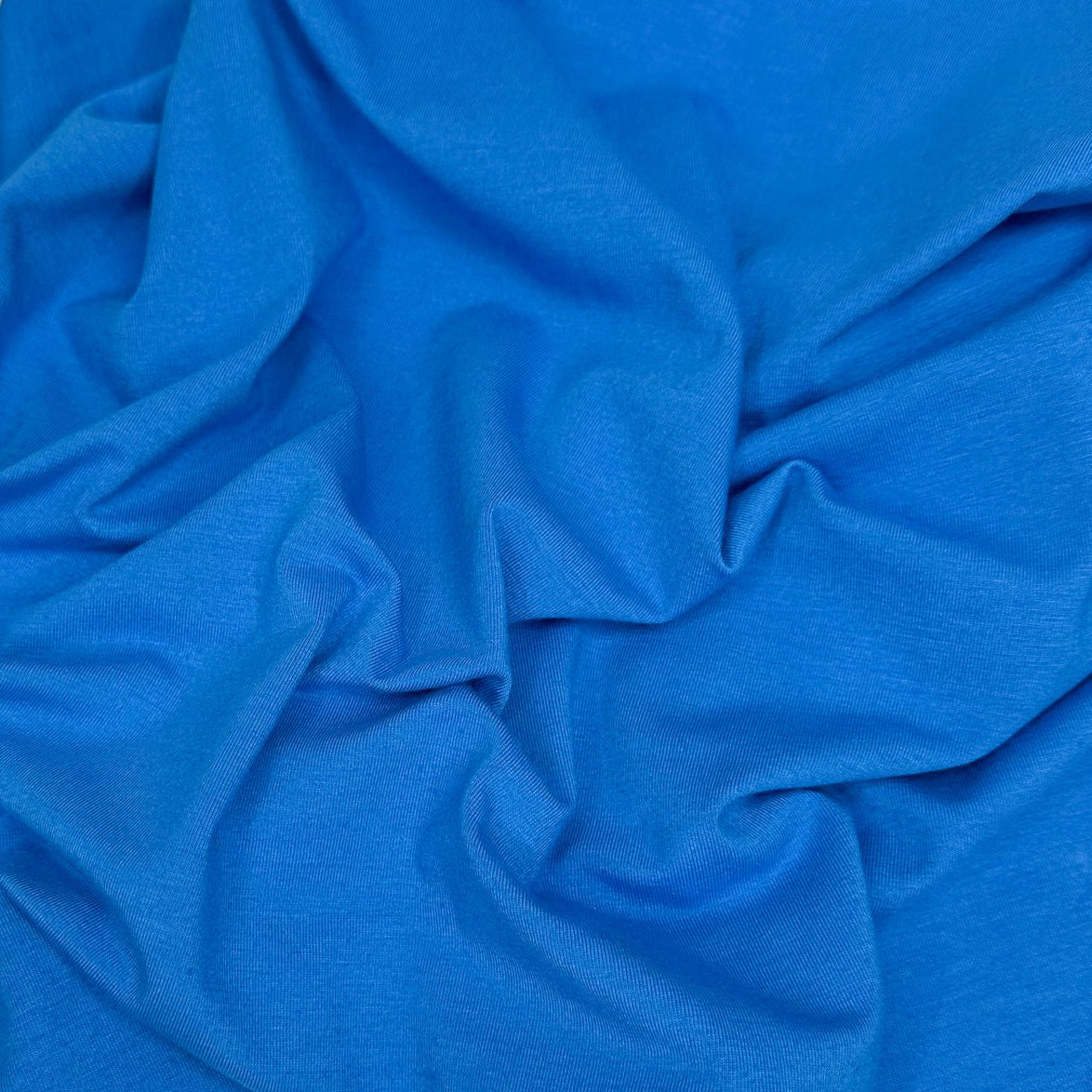
Moisture Management and Breathability
Effective moisture management is crucial for comfort, particularly in activewear and warm weather clothing. Cotton’s natural fibers are adept at absorbing moisture, which helps keep the skin dry. However, once saturated, cotton can become heavy and take a long time to dry, which can be uncomfortable and impractical in certain situations. Modal excels in moisture management due to its higher absorbency and rapid drying capabilities. The fabric can absorb up to 50% more moisture than cotton, making it highly effective at keeping the skin dry and comfortable. This property is especially beneficial for activewear and undergarments, where sweat management is essential. Modal’s superior breathability further enhances its comfort, allowing air to circulate freely and preventing overheating.
Aesthetic Appeal
Aesthetic appeal is a significant factor when choosing fabrics, as it influences how garments look and feel. Cotton’s natural matte finish and ability to take dye well make it a versatile fabric for various styles and colors. It can be woven into a variety of textures, from smooth and crisp to soft and fluffy, allowing for diverse design possibilities. However, cotton can sometimes look worn or faded after multiple washes, especially lower-quality versions. Modal, with its smooth, silky texture and slight sheen, offers a more upscale appearance. The fabric’s ability to maintain vibrant colors and resist fading ensures that garments retain their aesthetic appeal over time. Modal’s excellent draping quality provides a flattering fit that enhances the overall look of clothing, making it a favorite for designers who aim for elegance and sophistication.
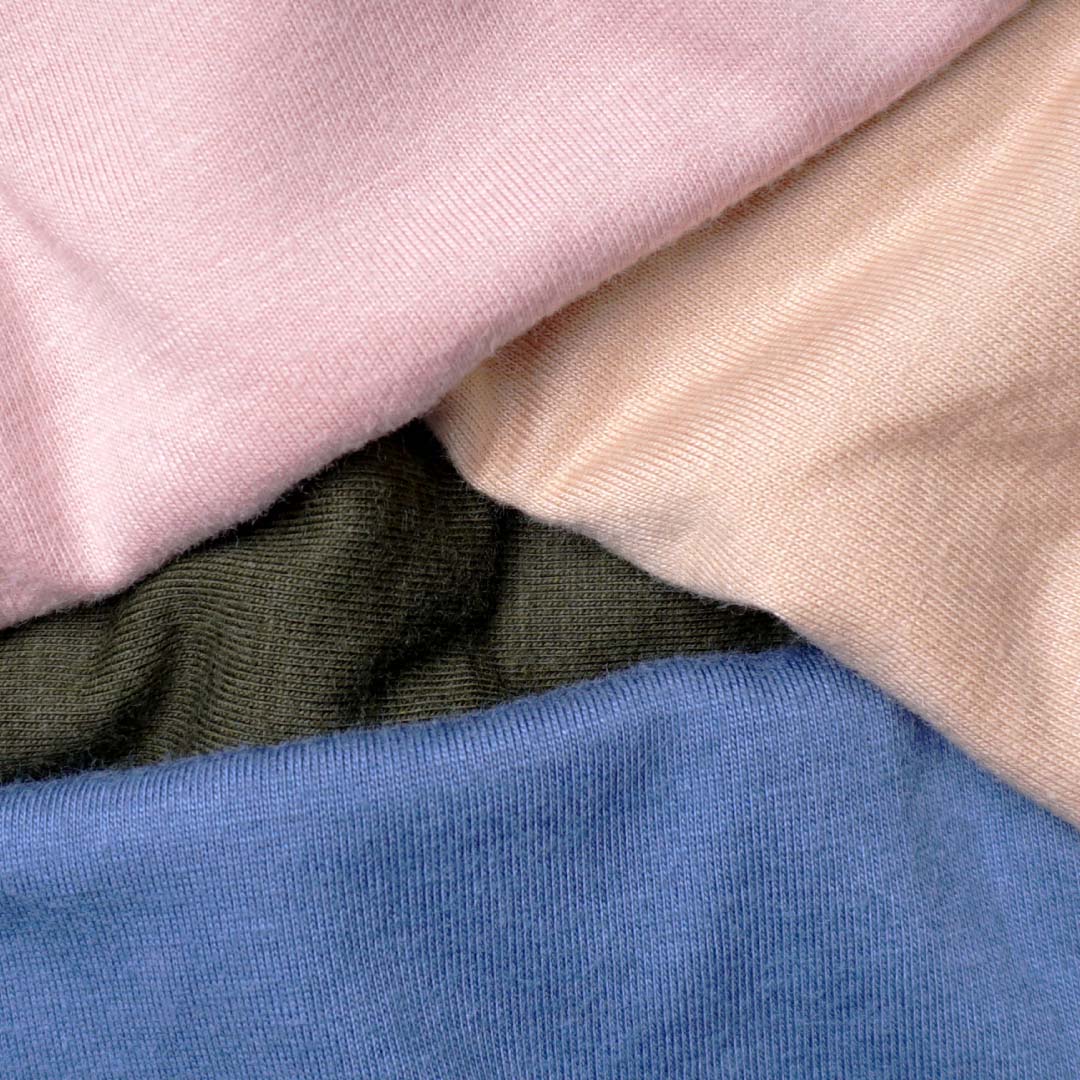
Conclusion
In conclusion, the debate between modal fabric and cotton ultimately hinges on individual preferences and priorities. Cotton, with its long-standing reputation for comfort, breathability, and affordability, remains a staple in many wardrobes. Its natural origins and hypoallergenic properties make it a suitable choice for various applications, from everyday clothing to home textiles. However, modal presents a modern alternative with distinct advantages, including superior softness, durability, and sustainability. Its enhanced moisture-wicking properties, ease of care, and luxurious feel make it an attractive option for those seeking high-performance and stylish garments. While modal may come at a higher cost, its long-term benefits and reduced environmental impact can justify the investment.





